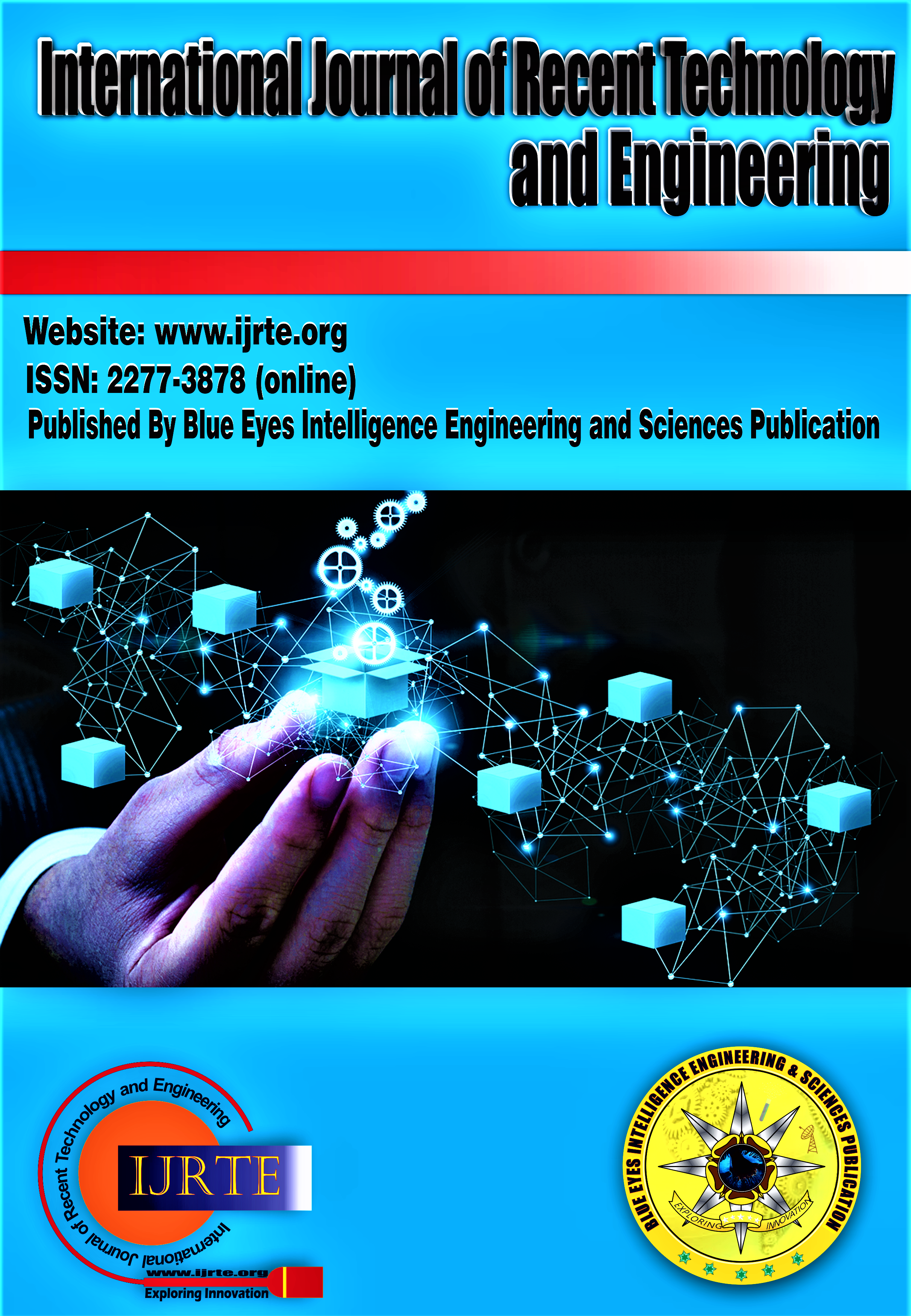Decentralized Storage for Educational Resources
Main Article Content
Abstract
The growth of blockchain over the last ten years has been astounding: from bitcoin to over 2,000 altcoins, and from decentralized electronic payments to programmable transactions, by complicated tokens and smart contracts controlled by autonomous entities. The technological aspects of blockchain are developing at the same time as the new generation of blockchain applications are also developing. This paper considers one such sphere, to develop a decentralized solution for accessing Educational Resources which will alleviate the issues due to the single point of failure of centralized systems, democratize access to educational content and provide a facile experience for users who are not exposed to web3 technologies. This platform was developed by implementing Smart Contracts using Solidity and deploying them on the Ethereum blockchain to store educational resource metadata and files on the Inter Planetary File System (IPFS). Interfacing of blockchain and the frontend is done using the web3.js. The platform is more tenacious and fault-tolerant than systems using a centralized architecture and provides a better user experience by incorporating a search mechanism for the files uploaded to the platform. This paper proposes a decentralized platform that allows users to upload educational resources that can be accessed by others and implemented a file meta-data-based search feature to remove the need for users to remember the IPFS hash of a file.
Downloads
Article Details
Section

This work is licensed under a Creative Commons Attribution-NonCommercial-NoDerivatives 4.0 International License.
How to Cite
References
Hylén, J. (2021). Open educational resources: Opportunities and challenges.
Marjit, U., & Kumar, P. (2020, March). Towards a decentralized and distributed framework for Open Educational Resources based on IPFS and Blockchain. In 2020 International Conference on Computer Science, Engineering and Applications (ICCSEA) (pp. 1-6). IEEE.
BBC. (2017, April 29). Turkish authorities block Wikipedia without giving reason. BBC News. Retrieved March 5, 2022, from https://www.bbc.com/news/world-europe-39754909
N. N. Kumar, R. S. Kumar, R. R. Basale and M. Saffath, "Decentralized Storage Of Educational Assets Using NFTs And Blockchain Technology," 2022 4th International Conference on Smart Systems and Inventive Technology (ICSSIT), Tirunelveli, India, 2022, pp. 260-266, doi: 10.1109/ICSSIT53264.2022.9716362.
Benet, J. (2014). Ipfs-content addressed, versioned, p2p file system. arXiv preprint arXiv:1407.3561.
Rahardja Untung, Ngadi M. A, Budiarto Rahmat, Aini Qurotul, Hardini Marviola, Oganda Fitra Putri. (2021). Education Exchange Storage Protocol: Transformation into Decentralized Learning Platform. Frontiers in Education.6. https://doi.org/10.3389/feduc.2021.782969
Kumar, S., Bharti, A. K., & Amin, R. (2021). Decentralized secure storage of medical records using Blockchain and IPFS: A comparative analysis with future directions. Security and Privacy, 4(5), e162.
Kulkarni, Devaki. "Leveraging blockchain technology in the education sector." Turkish Journal of Computer and Mathematics Education (TURCOMAT) 12.10 (2021): 4578-4583.
Nammari, Brian, OER BLOCKCHAIN - A Look at how blockchain can be integrated to deliver better OERs, 2019
Kumar, R., & Tripathi, R. (2019, November). Implementation of distributed file storage and access framework using IPFS and blockchain. In 2019 Fifth International Conference on Image Information Processing (ICIIP) (pp. 246-251). IEEE.
The crypto wallet for defi, Web3 Dapps and nfts. MetaMask. (n.d.). Retrieved February 8, 2022, from https://metamask.io/
Fleek. 2022. Fleek: Build on the New Internet. Retrieved July 8, 2022, from https://fleek.co/
A. Deshpande, K. Stewart, L. Lepetit, and S. Gunashekar, “Distributed ledger technologies/blockchain: Challenges, opportunities and the prospects for standards,” Overview report The British Standards Institution (BSI), 2017.
N. El Ioini and C. Pahl, “A review of distributed ledger technologies,” in OTM Confederated International Conferences” On the Move to Meaningful Internet Systems”. Springer, 2018, pp. 277–288
S. Nakamoto et al., “Bitcoin: A peer-to-peer electronic cash system,” 2008.
Haber and W. S. Stornetta, “How to time-stamp a digital document,” in Conference on the Theory and Application of Cryptography. Springer, 1990, pp. 437–455.
S. Falkon, “Cypherpunks and the rise of cryptocurrencies,” https: //medium.com/swlh/cypherpunks-and-the-rise-of-cryptocurrencies899011538907, 2017.
P. Basson, “The untold history of bitcoin: Enter the cypherpunks,” https://medium.com/swlh/the-untold-history-of-bitcoin-enterthe-cypherpunks-f764dee962a1, 2018.
L. Law, S. Sabett, and J. Solinas, “How to make a mint: The cryptography of anonymous electronic cash,” http:// groups.csail.mit.edu / mac / classes / 6.805 / articles / money / nsamint/nsamint.htm, National Security Agency Office of Information Security Research and Technology, 1996.
K. Christidis and M. Devetsikiotis, “Blockchains and smart contracts for the internet of things,” Ieee Access, vol. 4, pp. 2292–2303, 2016. G. Greenspan, “Ending the bitcoin vs blockchain debate,” https://www. multichain.com/blog/2015/07/bitcoin-vs-blockchain-debate/, 2015.





